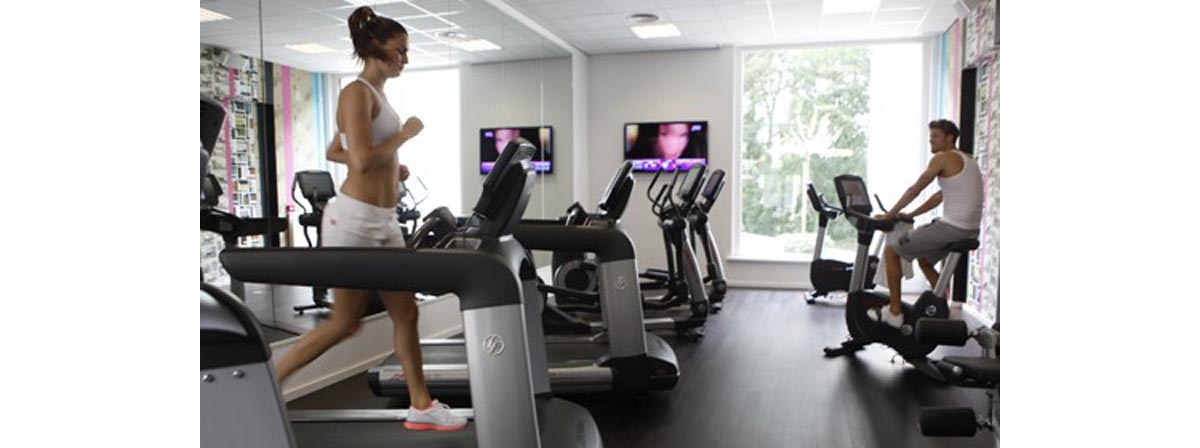Table of Contents
Worrying about the precise number of calories you burn during a workout session really is the true definition of sweating the small stuff.

Firstly, it really doesn’t matter whether your 30 minute stepper session burns 311 or 314 calories – the real question is, are you working hard?
Think of a scale running one to 10. At level one, you’re using about as much energy as you would sitting on the couch watching TV, or lying in bed on a Saturday morning. Basically you’re awake, but you’re really not making an effort; you are not doing anything except stuff you can't avoid, like breathing and pumping blood around your body.
A level five would be a bit more energetic – perhaps a brisk walk to the shops. You don’t exactly feel like you’re exercising, but your heart rate and breathing are slightly elevated, and while you are not exactly sweating, you might be slightly warmer than usual.
A level 10 is an all out, gut wrenching slog. This would be your sprinting speed, or how you’d feel running to reach an agonizing drop shot in a game of tennis, trying to catch a potential game-winning pass in football, or like you’re being chased through the woods by a mad axe murder.
Going off this scale, all your steady state, moderate intensity cardio should be around a level six to eight, while your interval sessions should very between a six or seven during your rest periods and a nine or 10 in your short, sharp interval bursts.
It might not be scientifically accurate, and you won’t get a number for the calories you’re burning, but you can bet that by sticking to these exertion scale guidelines you’ll be working hard enough and getting a great workout. That gives you more information about your workout than a machine ever could, because you're not really going to feel great if you felt your workout was so-so, even if the machine said you were rocking it.
Buy a Heart Rate Monitor
Heart rate monitors are more accurate than machines at the gym. As with anything, the more you choose to spend, the more fancy tricks you’ll get with an HR monitor, but there’s no need to break the bank. Buy a simple one that has a chest strap and a wrist watch and you’re good to go.
If you have a little extra cash to spare, one that comes with a USB attachment so you can log your data on your PC or laptop is a useful investment as this allows you to track progress from session to session.
You can use your monitor during any exercise or sporting activity, indoors or out, as well as in the gym, for a more accurate, personalized approach to the calorie counters on the machines.
Progress
Keeping a track of your training is something many people fail to do, then wonder why they slip up and plateau.
You might not be able to monitor your calorie burn accurately at the gym, but you can certainly track distance, speed and time effectively. After every session, write down exactly what you did.
If for example last Monday you cycled on the stationary bike for 20 minutes and completed four miles, then next time round, aim for the same distance in a minute or two less, or try to get to 4.2 or 4.5 miles in 20 minutes. Doing this you’re guaranteed to be burning more calories and working harder each session.
The Wrap Up
Calories count, but they aren’t the be all and end all. Only you know if you’re really pushing yourself and making improvements, so rely on your own honest feedback, but that little digital screen in front of you.
- "How Accurate Are Exercise Machines?"
- By Linsey Davis
- Published on February 21, 2013
- Accessed on May 9th, 2013
- Retrieved from http://abcnews.go.com/Health/accuracy-exercise-machines/story?id=18559149#.UZIaRyuDQXw
- Photo courtesy of Brisbane City Council by Flickr : www.flickr.com/photos/brisbanecitycouncil/7445929524/
- Photo courtesy of Crowne Plaza Antwerpen photos by Picasa : picasaweb.google.com/lh/view?q=fitness+center&uname=109008901828086469253&psc=G&filter=1#5673109223890837442


Your thoughts on this